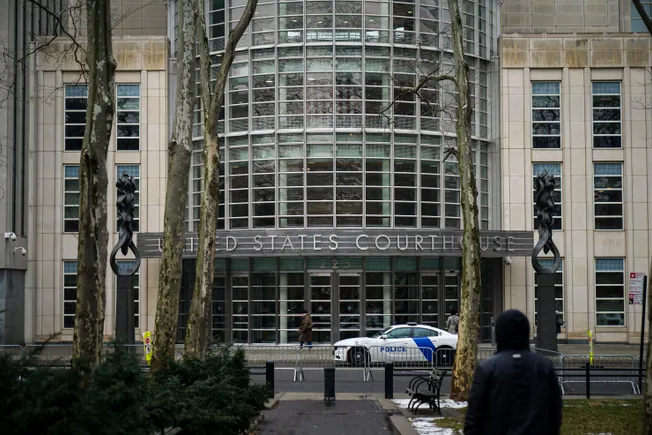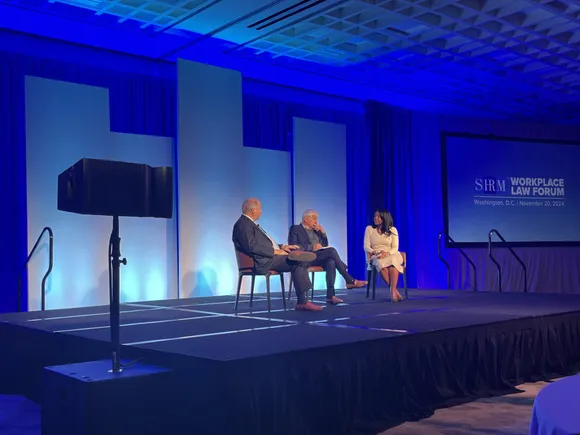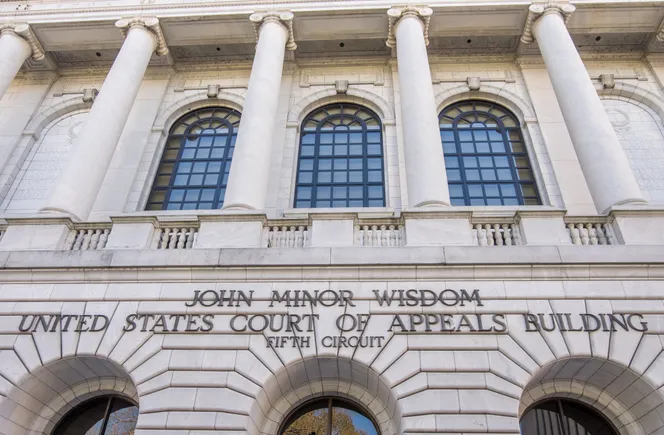WASHINGTON — The U.S. Supreme Court will soon hear a potentially pivotal employment reverse discrimination case, but regardless of its outcome, HR departments should be aware of the risk that they could face similar lawsuits in the future, attorneys at SHRM’s Workplace Law Forum said Wednesday.
In Ames v. Ohio Department of Youth Services, a heterosexual employee who reported to a lesbian manager alleged that the manager discriminated against her on the basis of her sexual orientation.
The 6th Circuit held that the plaintiff, a majority-group employee, must show “background circumstances to support a suspicion that a defendant is an unusual employer who discriminates against a majority” in order to substantiate her claim. SCOTUS granted the plaintiff’s petition for certiorari on the question of whether a majority-group plaintiff must show such circumstances under Title VII of the Civil Rights Act.
Ames deals with an emerging issue related to the court’s 1973 precedent in McDonnell Douglas Corp. v. Green, said Tahir Boykins, associate general counsel for TriWest Healthcare Alliance.
In McDonnell Douglas, SCOTUS outlined the framework under which Title VII plaintiffs may establish a prima facie discrimination claim. Over time, however, some federal courts made a “tweak” to that framework for cases in which discrimination is alleged by plaintiffs who would not normally be situated in a position to be discriminated against, Boykins said. That tweak came in the form of the background circumstances requirement at issue in Ames.
The Supreme Court has taken a textualist approach to its interpretation of Title VII in recent years, said Elizabeth Beske, professor of law at American University, most notably in Bostock v. Clayton County, Ga., and Muldrow v. City of St. Louis. Should that trend hold, the court might favor the plaintiff’s argument in Ames, she added.
“My prediction is that the court’s going to say, ‘If it’s not in the statute, then we’re not going to put it in,’” Beske told the audience.
‘You’re going to have to prepare for that’
Even aside from the outcome of Ames, though, employers have to contend with the implications of another previous Supreme Court decision: Students for Fair Admissions, Inc. v. Harvard.
The 2023 decision striking down certain university affirmative action programs had a downstream effect on employers’ own diversity, equity and inclusion initiatives in the form of legal challenges, and the case also directly challenges existing Title VII jurisprudence, Beske said.
Students for Fair Admissions dealt in part with another section of the Civil Rights Act, Title IX. But according to Beske, members of the court have already expressed the opinion that the law’s provisions should be applied consistently across all of its constituent parts.
“Justices have already said that [Congress intended for] these terms in the context of the civil rights statutes [to] have the same meaning across the statutes,” she said. At the end of the day, that has led to an increasing number of reverse discrimination cases. “As an HR professional, you’re going to have to prepare for that,” Beske said.
Documentation remains a key defense strategy
There are several areas in which employers could be targeted by a reverse discrimination claim, including termination decisions. And if a termination is due to an employee’s performance, employers need to take care to document performance issues, Boykins said.
“If the reason for termination is performance, we need to ensure that managers are actually giving accurate annual reviews,” he continued. “Some will just sign off [that] they’re doing their job fine and [that they] submitted [their] reviews on time. But then five months later the employee is not performing adequately and they want to terminate. Well, that should’ve been documented.”
Both Beske and Boykins said they foresee a need to clarify and potentially reshape DEI programs particularly after the Supreme Court’s affirmative action decision. Specifically, Boykins said that he expects organizations to rebrand their focus from “DEI” to “workplace culture” with the goal of treating all employees equally.
Much of the risk of reverse discrimination claims comes from employers’ diverse hiring initiatives, he added, so HR could reframe those efforts to hone in on workplace culture and equity rather than on hiring people of certain demographics. “That’s how you can maybe minimize some of these reverse discrimination claims,” Boykins said.
Beske similarly recommended that employers keep records on their DEI programs and consult with an attorney to ensure those programs, including those aimed at reaching out to prospective job candidates, are compliant.
“Were I in your shoes, I certainly would talk to [an attorney] to make sure that I knew exactly what the law requires,” Beske said. “I really would be very, very careful with your outward-facing materials. You know your tolerance for risk.”






Leave a Reply